To expound a little more, I have a GUI that looks like:

Then I have an action listener on the OK button that starts like:
//OK Button Action Listener
private void okButtonActionPerformed(ActionEvent e) {
//Enable/Disable Buttons
okButton.setEnabled(false);
cancelButton.setEnabled(true);
updateCheckbox.setEnabled(false);
//Move on to a series of other methods here...
Which should, in theory, make this happen:

However, instead, I get the following until ALL methods and other things connected to the OK button are completed:

This obviously can't happen, because the idea is to make the cancel button available and the OK button and several other tick-boxes unavailable for the duration of the program (Image 2), where, instead, it freezes in a half-state (Image 3). Is there any way to combat this?